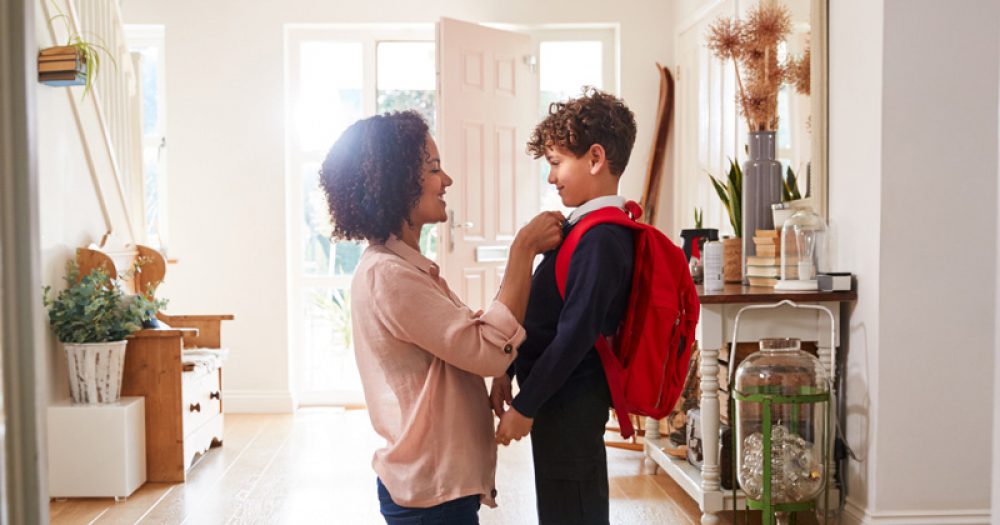Alternative Provision has proved its unique value to the school system and new partnerships mustn’t be shelved as schools widen their offer, writes Angela Ransby
The pandemic has made many more families vulnerable and exposed others to even greater financial, social and emotional difficulties than they faced before. It has also brought their everyday struggles into sharper focus, prompting us to redefine what we mean by vulnerable and reconsider who is responsible for the education, wellbeing and outcomes of those children most in need.
These issues lie at the heart of Alternative Provision, but in the past weeks every school in the UK has made them top priorities. The parameters of education have changed, and the ways in which we fulfilled our teaching and caring commitments before COVID-19 are no longer fit for purpose.
The response so far has been marked by a greater appetite to share best practice and collaborate over new ideas to improve how education works for the most vulnerable. In a fractured education system where normal teaching routines have been put on hold, we have been given a very unusual – and low-risk – opportunity to review and reshape how and what we teach.
In that context, Alternative Provision has demonstrated the role it can play in helping to define the best school experience for children with complex social, mental health and behavioural needs, and the return to school must not herald a reversal of that progress.
The return to school must not herald a reversal of that progress
In Suffolk, I have witnessed a transformational shift in the way our schools and agencies have worked together. A community of professionals has mobilised with the sole purpose of finding the best solutions for our most vulnerable children. New relationships with local authorities and between schools have accelerated and intensified and friendships have cemented around that goal.
Together, we have put in place three important initiatives to improve the way we connect with vulnerable students and their families and to increase the number of local families we are able to support. We have done this at a speed I couldn’t have envisaged a few months ago.
Within the first week of lockdown, in partnership with local mainstream school Copleston High School, we launched a community sharing initiative based on the idea that if we can strengthen the families in which our children grow, then we also strengthen our children. For now, this means collecting for and redistributing emergency relief to vulnerable children and their families in the form of food and essential items, but ultimately this project is about taking steps to close the socio-economic gaps that prevent some young people from achieving the success they are capable of. In the future, this will include sharing resources such as books, art, culture, experiences and opportunities.
At the outset of the crisis, the trust also created and launched our Safe Haven initiative to provide for children we believe may not be safe at home. This includes offering our schools as a physical place of safety, carrying out regular ‘eyes on’ doorstep visits and making regular telephone contact with vulnerable pupils. That initiative is now being used by our local authority as part of its work to measure and assess risks for vulnerable children across the county.
This unified approach has also been felt in our work with Suffolk’s policy development panel and wider council departments including health, education and social care. We are now putting in place measures to unify mainstream and AP provision to share responsibility and accountability for each vulnerable child’s school experiences and outcomes. We are exploring the possibility of shared timetables for example, but our response will be different for each child. The key is that it will be built on clearly agreed parameters between schools with the aim of supporting children to thrive in the right settings.
Out of catastrophe, we are delivering true innovation, and our communities will need us to pull together as much in the coming months and years as they have in the past weeks. Having worked so hard to sweep away obstacles that once seemed insurmountable, we must have the courage to insist nothing about the return to school sees them resurge.








Your thoughts